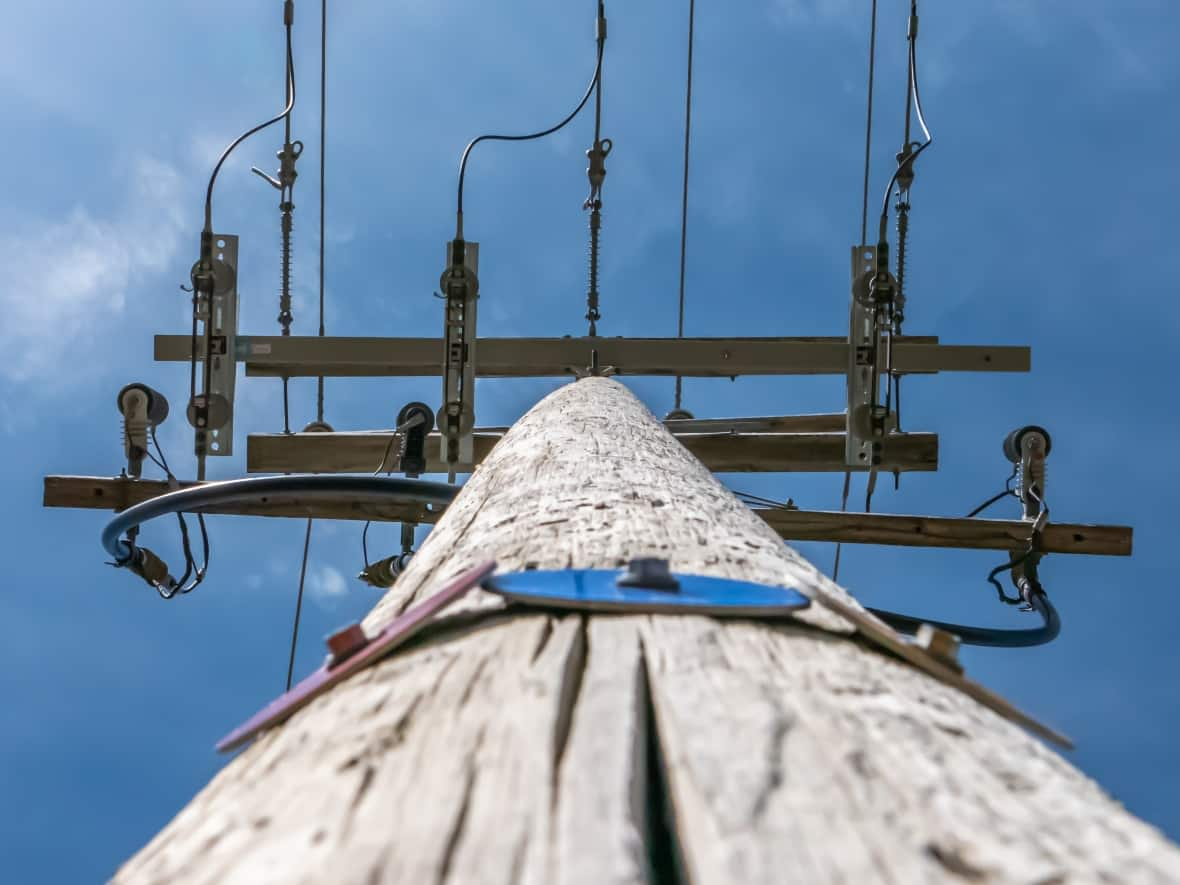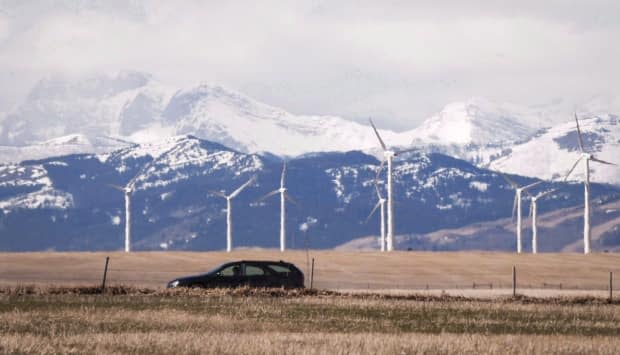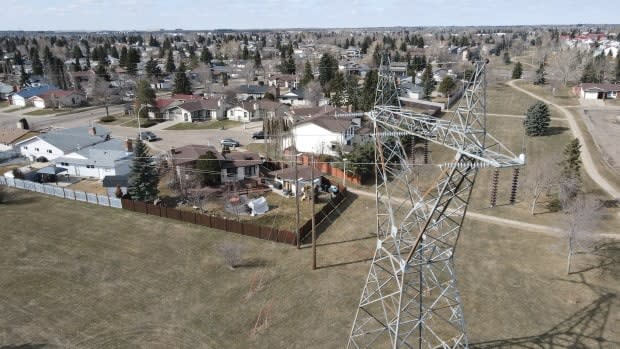Why the province's electricity operator issued 2 grid alerts this week

Alberta experienced two grid alerts this week, leading the province's electricity operator to dip into emergency reserves and urge industries and residents to lower their electrical consumption.
The alerts were issued at 6:14 p.m. on Tuesday and at 4:18 p.m. on Wednesday, lasting for about two hours each.
The Alberta Electric System Operator (AESO) says a grid alert is issued when the power system is under stress. It notifies customers, both industrial and residential, in hopes of avoiding the use of more serious measures, such as rolling blackouts.
"It got all the way up to Emergency Alert 3, which is the highest level alert. And at that point, what you're doing is you're chewing through the emergency reserves," said Blake Schaffer, assistant professor in the department of economics at the University of Calgary, in an interview on the Calgary Eyeopener.
Schaffer, who specializes in studying the province's power grid, says these dips into emergency reserves don't happen often. The AESO says the last grid alert happened in January, and rolling blackouts haven't happened for a decade.
But the perfect storm of events combined this week to add a significant strain to the province's power supply.
There was a planned outage for maintenance of the Alberta-B.C. intertie, the transmission line connecting both provinces.
A generator went down at a gas power plant.
There was little wind, resulting in minimal wind energy available.
Add to that some warmer weather than normal for this time of year — and demand spiked.

"We were never in any risk of having rotating blackouts or brownouts, anything like that," said Leif Sollid, manager of communications and stakeholder relations with the AESO.
"We just kind of had a number of things that came together."
To remedy the situation, Sollid says they eventually asked AltaLink, the energy transmission company that operates the intertie, to defer the maintenance. AltaLink agreed, but another shutdown will happen at a later date.
Supply and demand
The AESO is always required to have backup power supplies at the ready, Sollid says.
In exceptional circumstances, if the organization has depleted those emergency supplies, they can take a number of steps, including suspending energy exports or sales, implementing voluntary curtailment programs or initiating rotating power outages across communities.
Schaffer says he's confident in the province's ability to meet electricity demands over time, but he's worried about managing peak periods of use as the province continues its shift toward electrification.
"It's not like other commodities where the time you produce it and the time you want to use it isn't a big deal.… You produce and use electricity instantaneously," he said.
"Do we have the market design in place to really get us to the place we need to in terms of the mix of supply?"
The province's record power rates are another indicator of a system under strain, says Sophie Simmonds, managing director of the consulting firm, Anova Energy.
"We're seeing more electricity used across Canada than ever before," she said in an interview on the Calgary Eyeopener last week.
"It takes a long time to build a power plant, and right now, the supply just isn't keeping up with the demand."
That means prices will remain high for the foreseeable future, she says.
The Alberta government has offered rebates to help combat those costs — a monthly, $50 electricity rebate that started in July and runs to December, and starting Saturday, a six-month natural gas rebate program will kick in if prices exceed $6.50 per gigajoule.

In an emailed statement, the UCP government said the province has a robust and rapidly growing electricity system, including 7,000 megawatts (MW) of new generation under construction.
"There is more than adequate supply in Alberta. The province currently has over 17,000 MW of installed capacity in the system, with peak demand at 12,000 MW," said Alex Puddifant, acting spokesperson for the associate minister of natural gas and electricity.
"Under our government, Alberta's power market has attracted a reliable supply of electricity investments and we are confident it will continue to do so."
To relieve pressure on the system during peak hours, Schaffer says there needs to be more work done to incentivize companies, and residents, to change their consumption habits.
"We've had more than enough supply for a long time, so we haven't had to grapple with those issues," he said.
"Finding ways to shift any demand is extremely valuable, and I'd say under-tapped right now."
With files from Julian Brown, Loren McGinnis and Rob Brown


